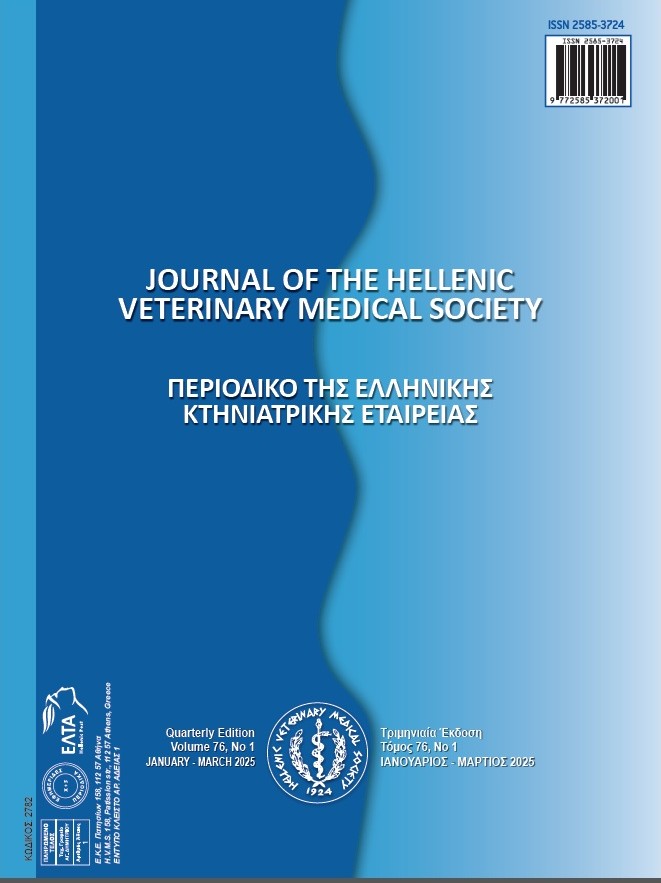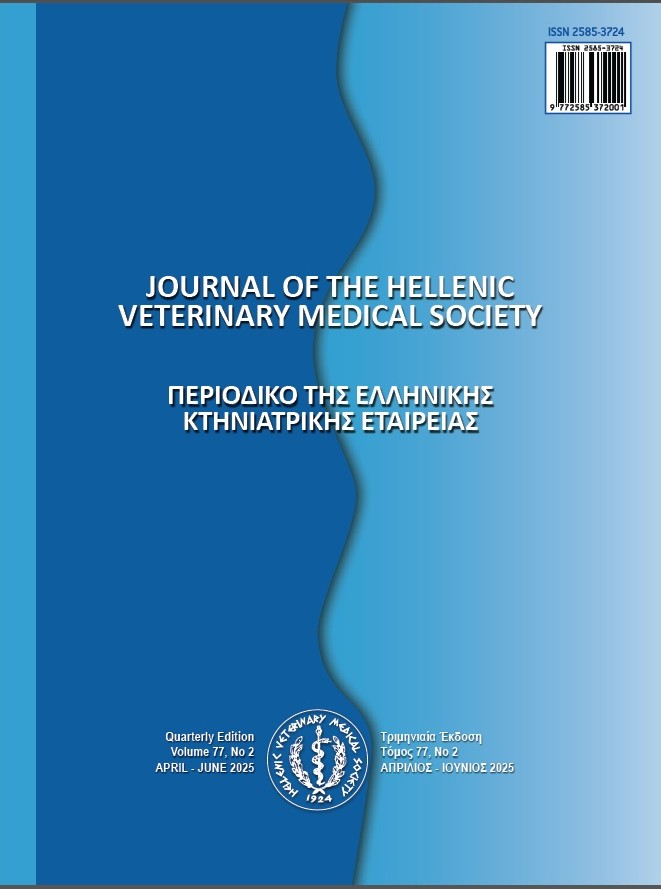Determining an optimal forage-to-concentrate ratio on performance traits and blood metabolites of fattening lambs

Abstract
In intensive rearing, a combination of concentrate and forage is used for lamb fattening. The research was done to determine the optimal ratio of forage-to-concentrate on male Zel fattening lambs. Twenty lambs of 16-week-old for 90 days in a completely randomized design with four treatments and five repeats were used. Treatments included forage-to-concentrate ratios (80:20, 70:30, 60:40, and 50:50). Traits were measured during the study. The collected data was analyzed by LSmeans and regression procedure in SAS software. The forage-to-concentrate ratios effect was significant on all performance traits (p<0.01). The linear change was significant in the mentioned traits(p<0.05). The effect of different forage-to-concentrate ratios was not significant on all blood metabolites (p>0.05) except cholesterol concentration (p<0.05). Based on the current findings and the limitations of increasing the concentrate consumption, the optimum ratio of forage to concentrate is suggested to be 50:50.
Article Details
- How to Cite
-
Kashani, S., Gharahveysi, S., & Khorshidi, K. (2025). Determining an optimal forage-to-concentrate ratio on performance traits and blood metabolites of fattening lambs. Journal of the Hellenic Veterinary Medical Society, 76(1), 8715–8720. https://doi.org/10.12681/jhvms.37183
- Issue
- Vol. 76 No. 1 (2025)
- Section
- Research Articles

This work is licensed under a Creative Commons Attribution-NonCommercial 4.0 International License.
Authors who publish with this journal agree to the following terms:
· Authors retain copyright and grant the journal right of first publication with the work simultaneously licensed under a Creative Commons Attribution Non-Commercial License that allows others to share the work with an acknowledgement of the work's authorship and initial publication in this journal.
· Authors are able to enter into separate, additional contractual arrangements for the non-exclusive distribution of the journal's published version of the work (e.g. post it to an institutional repository or publish it in a book), with an acknowledgement of its initial publication in this journal.
· Authors are permitted and encouraged to post their work online (preferably in institutional repositories or on their website) prior to and during the submission process, as it can lead to productive exchanges, as well as earlier and greater citation of published work.





